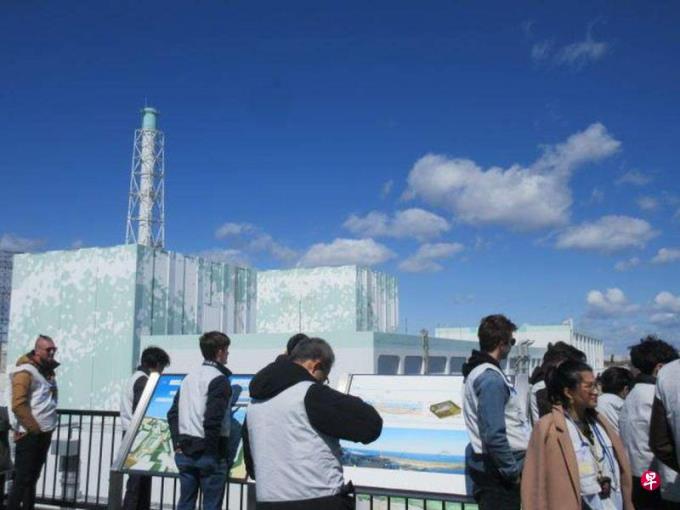
In March 2011, a magnitude nine earthquake and tsunami occurred in East Japan, and Fukushima Prefecture in the east of the Pacific Ocean experienced unprecedented compound disasters. Large agricultural land and communities were instantly razed to the ground.Destroyed the hope of rebuilding Fukushima.After 13 years, the official Japanese officials carefully opened the disaster area and arranged for tourists to bring tourists. However, whether this "dark journey" can eliminate people's dark imagination of Fukushima and promote the acceleration of rebuilding, it remains to be observed.
After the destruction of the Three One Earthquake, the Fukushima Prefecture and County Tourism Products Exchange Association in Japan In order to restart the complete stagnant tourism industry, in 2016, the "dark tourism" began in the fifth year after the disaster.Seeking a way out in a dark prospect.
The so -called "dark tourism" refers to the attractions centered on tragic events to promote visitors to remember history, which evokes people's attention to issues such as war, environmental destruction, and labor., Mourning the "zero place" of the American terrorist attack on the US 9/11 terrorist attacks.
In 2018, Japanese officials finally opened Fukushima Prefecture, 20 kilometers away from nuclear power plants, and the first "Dark Tour" project also started, but tourists can only visit the nuclear power plant 20 kilometers away.One year ago, after consultation with Tokyo Electric Power Company (referred to as Dongdian) that managed the Fukushima Nuclear Power Station, it was decided to allow the public to enter the nuclear power plant park within the safe scope.The nuclear power plant of the hole.
Dongdian Open Fukushima First Nuclear Power Station allows the public to visit. Originally, only Japanese people, local residents, and groups for training for training did not relax the conditions until the near future, in order to promote the outside world's understanding of the retirement of nuclear power plants.
On March 18, the reporter of Lianhe Zaobao participated in the first nuclear power plant "half -day tour" that opened to foreign tourists.Because the collection time was very early, the reporter lived under Fugang in the city where the nuclear power plant was located the night before.Fugang's station was rebuilt after the disaster. There were no buildings around, and there was only one new business hotel.In the evening, the surrounding lights were weak, and I had to go outside to find something and took one kilometer to find a convenience store.In the middle of the night, a small earthquake occurred in Fukushima, and I felt a shaking in the room.
Most of the 20 foreign tourists in the same group come from European and American countries, and only three are from Asia.
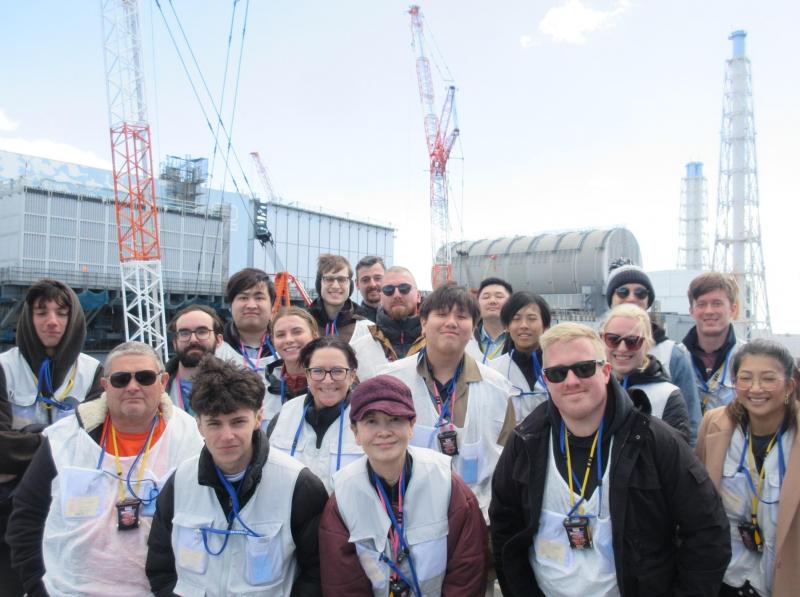 "/>
"/>
It is strictly forbidden to visit pregnant women and children
The half -day tour of the nuclear power plant lasted about two and a half hours, and the whole process was not allowed to take pictures.According to a folk travel agency responsible for organizing tourist groups, the radiation doses of the visitors are 0.03 Micheva, which is lower than the exposure radiation of the chest X -ray inspection and air to Tokyo and New York by plane.However, before starting on this journey, the organizer still ordered all tourists not to perform medical X -rays within a month, and prohibit pregnant women and children and children less than 15 years old from entering the group.All tourists are also asked to wear long -sleeved trousers.
Before entering the nuclear power plant park, the interpreter of Dongdian first explained the structure of the nuclear power plant and the nuclear disaster process caused by the tsunami.On March 12, 2011, on the second day after the earthquake, there was a hydrogen explosion in Unit 1 in the factory.In order not to affect units 2 and No. 3, staff use reactor isolation cooling systems, high -pressure water injection systems and fire trucks to continue watering the unit.However, unit 2 was found to have a ventilation system failure, and Unit 3 occurred on the 14th, causing a large amount of radioactive substances to be released to the external environment.At that time, Unit 4, which was conducting regular inspections, was ignited and damaged due to the hydrogen flowing from Unit 3.
The explanator emphasized that due to the progress of nuclear pollution purification in recent years, "96%of the parks in the park do not need to use protective clothing or full covers."However, visitors must go through several security checks throughout the process.Compared with the usual travel, this journey is not only easy to be comfortable, but also disturbing.
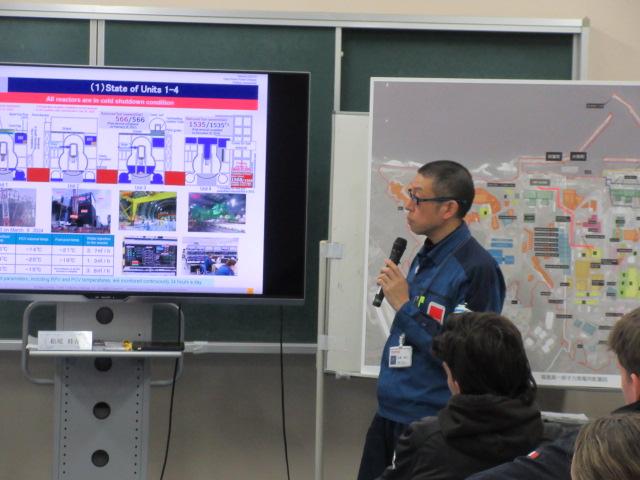
In addition to taking a bus to visit the nuclear power plant park, tourists have also been arranged to overlook the pile of cores and hydrogen explosions from about 100 meters high.Sub -remove system "(ALPS) facilities.

Dongdian continued to water the water injection and cooling core to the safe shell of the unit 1 to 3 after the disaster, and then purified the sewage with ALPS.After more than 10 years, thousands of storage tanks in the nuclear power plant have been saturated, which prompted the Japanese government and Dongdian to discharge these water in August last August. As a result, it caused the outside world to worry about seawater pollution.As a result, China has also banned Japanese aquatic products from importing and hit Japanese fisheries.
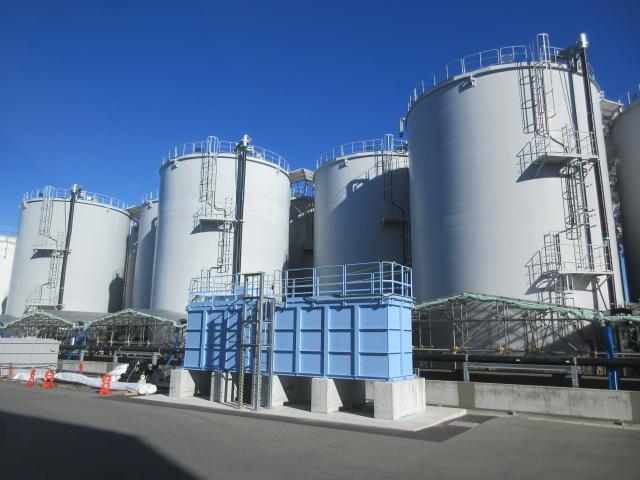
The person in charge of the travel agency: I hope people will not forget the pain
Chen Jialong, a tourist from Hong Kong (37 years old, employees of information technology companies) told Lianhe Zaobao: "I travel to the ruins of countries around the world out of interest and I hope to understand the situation in the nuclear power plant in person. This time, I went to the scene to the scene.I have waited for a long time. I think this is more realistic than thinking about it.
Mackenize Marie, a graduate student of American university, is doing investigations in Fukushima to record the return of the Japanese after the nuclear disaster.She said: "So far, many Japanese people are unwilling to return to their hometown, and they have some concerns. Let foreigners enter the nuclear power plant and do not rule out the official intention.This is safe, sometimes the views of outsiders may be more objective to persuade the Japanese. "
However, the person in charge of the travel agency who is unwilling to discloseDuring the visit, it was bluntly: "Compared to other disaster areas such as Miyagi Prefecture and Iwate County, it is easy for Fukushima to attract tourists?"
Miyagi Prefecture and Iwate County are north of Fukushima Prefecture. It is the other two severe severely disaster -stricken areas during the 2011 earthquake.However, the closer Miyagi County is at least 70 kilometers away from the Fukushima nuclear power plant, so nuclear pollution is relatively small.
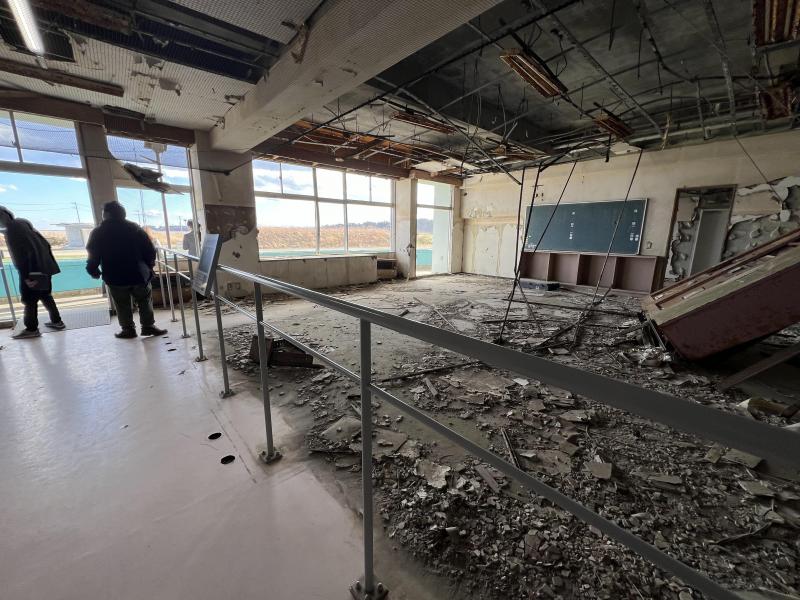
In addition to the nuclear power plant, Fukushima's only building that has not been completely destroyed by the 15 -meter tsunami -the Langjiang River Primary School has now become the exhibition area, and tourists can visit themselves.Five kilometers of household primary schools, which was only five kilometers away from the nuclear power plant, was only destroyed at that time, and the safety evacuation of all students in the school at the time of the incident was a rare comfort in this disaster.The marks of the second floor of the school building have retained the original appearance so far, and the traces of being destroyed by the unlimited tsunami are vivid.
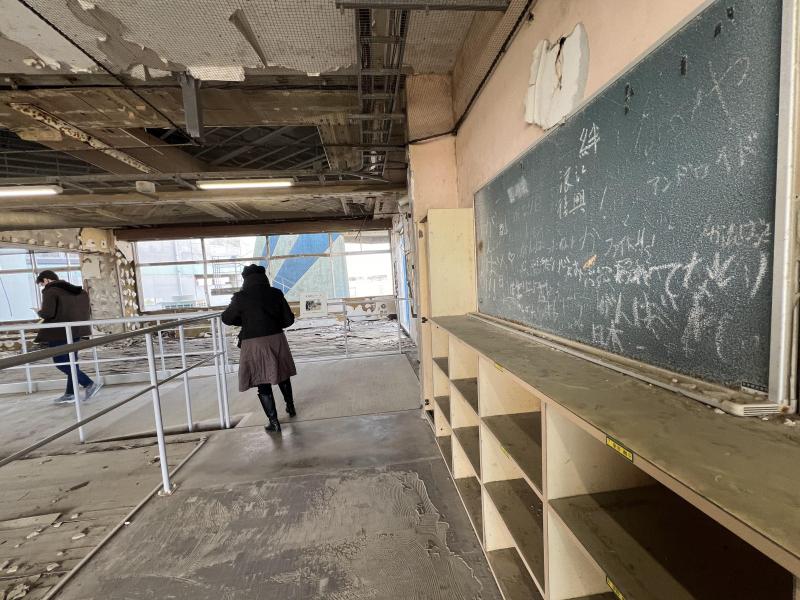
Others have been opened to tourists one after another include the East Japan Earthquake and nuclear disaster museums, as well as a hostel called J Village.The Museum of Shuangyecho has collected a lot of mobile phones to shoot the tsunami scene, allowing visitors to understand the actual situation of the disaster.The museum also holds a lecture every day, and the survivors who have experienced the disaster tell what I see.
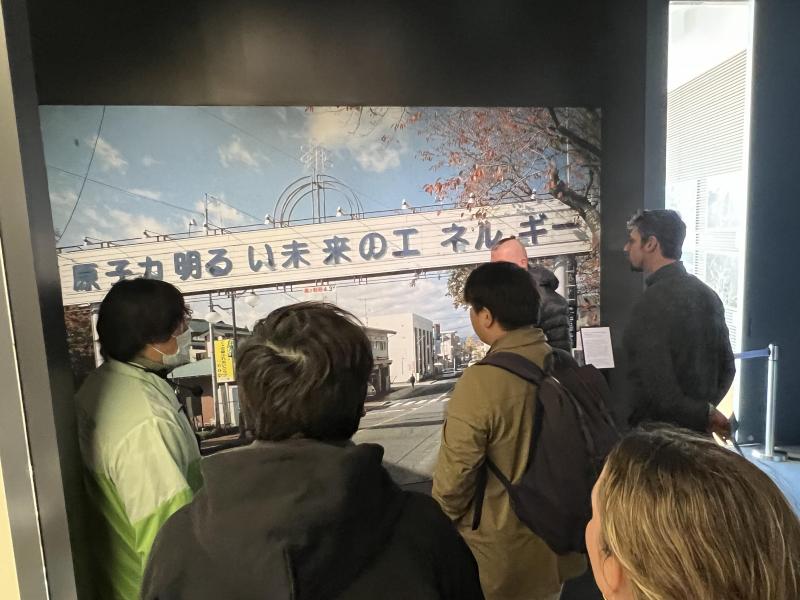
J Village was originally the first national football training center in Japan. After the nuclear accident, it was a base for nuclear power plant workers.Nowadays, tourists can live in to understand how the 50 employees who retreated at the time of Dongdian at the time were committed to minimizing the nuclear power crisis regardless of day and night.
For Fukushima's efforts to open the disaster area, the person in charge of the travel agency interviewed above believes that it is more to let the outside world understand the current situation of Fukushima through field inspections."In addition to the reconstruction of facilities in the disaster area, psychological and social restoration must also be carried out at the same time. The pain should not be forgotten, so that the outside world should be interested in the issues of this place, so that people outside the disaster area can understand what happened at the beginning.What is the matter, people can reflect in a deeper way "
Visiting restrictions Discarded doubts and exacerbate people's anxiety
The Japanese government has gradually opened up the Fukushima nuclear disaster area in order to show the progress of purification projects and reiterate the control of radiation threats. However, individual departments have no consensus on whether to ban pregnant women and teenagers under 15 years old, which has exacerbated people's anxiety.
After the Fukushima nuclear leak accident occurred, the government planned the nuclear power plant for 20 kilometers as a warning area.The Ministry of Environment, which participated in the purification work, will be piled up on the open space around Dasakama -cho, Takamacho, Fukushima Prefecture, and about 16 square kilometers.Before the nuclear accident, 2,700 residents were lived in this area.In order to obtain the recognition of residents, the Ministry of Environment organized a visit to allow residents to take the bus to visit the site.
According to Tokyo News, the Ministry of Environment has banned from participating in the tour under 15 years old and pregnant. It also states that the visitors should "fully realize that it is dangerous to fully recognize that it is difficult to return."However, these warning text and restrictions are recently deleted.
The Ministry of Environmental Fortune District Environmental Office's Mid -Storage Course Store Division Faculty explained: "No matter where you get out of the car, the exposure dosage of the entire itinerary is lower than 1 Weisi. Because there is more time on the bus, we canIt is believed that there is no need to restrict ""
Experts of Radiation Risk Extraordinary Care
The official loosening restrictions are accused to declare environmental safety.After the restrictions were lifted, it is said that about 90 junior high schools under 15 years of age visited.
However, when the Japanese cabinet officials answered inquiries, the rules of banned pregnant women and children under 15 years of age have not changed. This is because local governments are unwilling to relax.
In response, Xiaoyue Caifen, Assistant Professor of the Department of Environmental Analysis of the University of Tokyo, told Tokyo News: "In fact, there is a dual standard for residents to enter these regions, which will only make the outside world suspected of security issues."
The former associate professor of Kyoto University, who studied nuclear safety and radioactive substances, believes that there is a risk of radiation in the radioactive pollution area to Fukushima.
Professor Xiaodong said in an interview with Lianhe Morning Post: "Places to temporarily store polluting soil, some black container bags are exposed. When the car is parked on the road to measure the radiation dose, the radiation dose can be measured higher than the average than the average.It is stipulated that ... 3 137 (CESIUM-137) has not metastasized by the pollution caused by radioactive substances in long life, and it is still the same as the accident at the time of the accident.After 100 years, the pollution will fall to one tenth. "
Fukushima Mother's Group Study Detection
Although the Fukushima nuclear accident has passed for 13 years, the "Yu Bo" of nuclear radiation and pollution is not.A group of mothers in Fukushima compared nuclear radiation as "invisible enemies", insisting on constantly testing Foods in Fukushima and protecting their children's health with their own power.
Japanese officials have repeatedly emphasized that it is safe after the treatment of nuclear waste water. However, not only the overseas people are heavy, but a group of mothers in Japan are always unreasonable.
The mothers named "Dragrise" (meaning the mother who feed breasts) set up an experimental base in a children's hospital in Pancheng under the donation of the people in November 2011.It is an hour's drive from the Fukushima First Nuclear Power Station.
Mom Group regularly detects the knowledge of nuclear pollution of seawater booklets
The Mom Group regularly collects the laboratory testing of Fukushima's seawater samples, and then spreads the test results and the knowledge of nuclear pollution to other mothers in Fukushima through social media and distribution booklets.The children's clinic in the same building will regularly perform thyroid examination for children.

Dynamic milk has trained more than 10 mothers who can measure radiation measurement.These mothers open from zeroSelf -taught and discussed with professors in related fields, and gradually understood the isotopes in nuclear materials, such as 铯 134 and 137, gamma radiation, 锶 90, and 氚.
According to a report published in February this year, among the 848 kinds of Fukushima ingredients detected in the past year, there are 12 types of the safety standard value of 50 Barkler per kilogram of safety standards.The top three are mushroom foods, followed by wild mountain vegetables, with the highest value of 7058 Bercler.As for seafood, the detected radiation substances are lower than the safety standard values, about 0.3 Bercler's per kilogram.
Kimura Yisu (44 years old), who was originally a housewife, told Lianhe Zaobao: "After the nuclear accident occurs, as an ordinary citizen, we do not understand how nuclear radiation is.Can't know whether the food is contaminated.
Kimura Asian clothing has now become the chief of the affairs of the milk, and it is clear when explaining the threat of nuclear radiation to reporters.She said: "The radioactive substance released by the nuclear leak accident, of which 锶 90 is a highly toxic nuclein, which can enter the body through breathing, drinking water and food, but it is difficult to discharge, and it may cause bone cancer and leukemia."
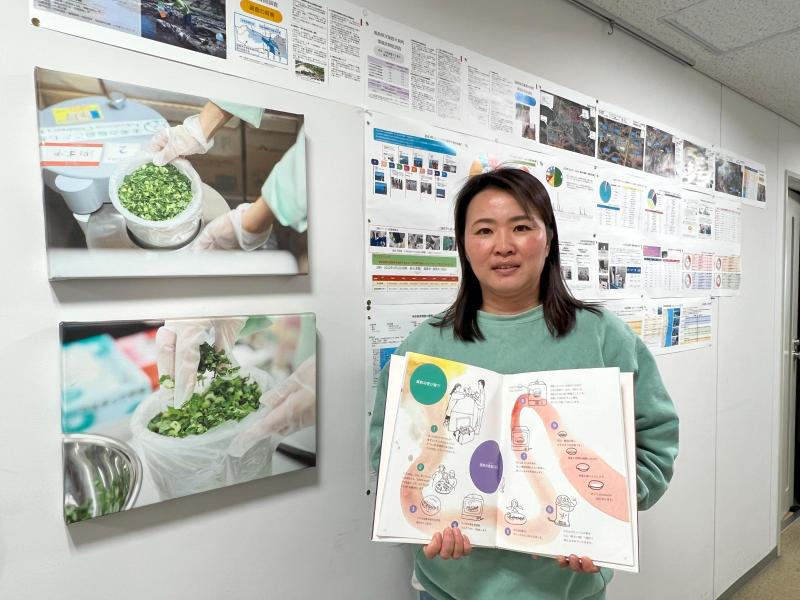
Another member Tanaka (44 years old) said: "When the accident occurred, I was with the second child. At that time, my heart was very panicked ... the so -called disease entered from the mouth, I did a test of every food., After 13 years, I have never stopped "
"In order to deal with these potential dangerous substances, we continue to study continuously, learn related knowledge and take the exam. In addition to food, mothers will also detect sand in the park or beach, because these are all children who will contact them in contact"




